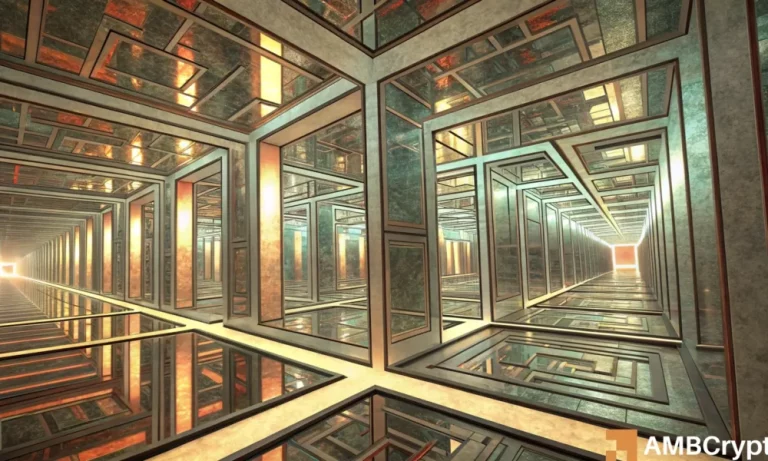
Smart Homes and Smart Living: The Technological Transformation of European Homes by 2025
Smart Homes and Smart Living is revolutionizing the way we live, work, and interact with our living spaces. As we approach 2025, European homes are undergoing a significant technological transformation, driven by the increasing demand for convenience, energy efficiency, and enhanced living experiences.
Introduction to Smart Homes
A smart home refers to a residential dwelling that incorporates advanced technology, such as home automation systems, sensors, and the Internet of Things (IoT), to provide a comfortable, secure, and sustainable living environment. Smart homes are designed to learn and adapt to the occupants’ preferences, habits, and lifestyles, making it an integral part of modern living.
Key Features of Smart Homes
- Home Automation Systems: Control lighting, temperature, security, and entertainment systems remotely or through voice commands.
- Energy Management: Optimize energy consumption and reduce waste with smart thermostats, lighting, and appliances.
- Security and Surveillance: Advanced security systems, including door and window sensors, motion detectors, and CCTV cameras.
- Health and Wellness: Integrated systems for air and water quality monitoring, noise reduction, and personalized lighting.
Benefits of Smart Homes
The benefits of smart homes are numerous, including:
- Enhanced Convenience: Control and monitor your home remotely, receive notifications, and enjoy a seamless living experience.
- Energy Efficiency: Reduce energy consumption, lower utility bills, and contribute to a sustainable future.
- Increased Property Value: Smart homes are attractive to potential buyers, increasing property value and appeal.
- Improved Safety and Security: Advanced security systems and monitoring provide peace of mind and protection for occupants.
European Homes by 2025
By 2025, European homes are expected to undergo significant transformations, driven by technological advancements and changing lifestyles. Some key trends and predictions include:
- Increased Adoption of Smart Home Technology: More than 50% of European households are expected to adopt smart home technology, driving growth and innovation in the industry.
- Integrated Systems and Interoperability: Seamless integration of different systems and devices, enabling a holistic smart home experience.
- Sustainable and Energy-Efficient Homes: European homes will prioritize energy efficiency, renewable energy sources, and eco-friendly materials.
- Enhanced Focus on Health and Wellness: Smart homes will incorporate features that promote physical and mental well-being, such as air quality monitoring and personalized lighting.
Conclusion
Smart Homes and Smart Living are revolutionizing the way we live, work, and interact with our living spaces. As we approach 2025, European homes will undergo a significant technological transformation, driven by the increasing demand for convenience, energy efficiency, and enhanced living experiences. With the integration of advanced technology, smart homes will provide a comfortable, secure, and sustainable living environment, shaping the future of European homes and beyond.






